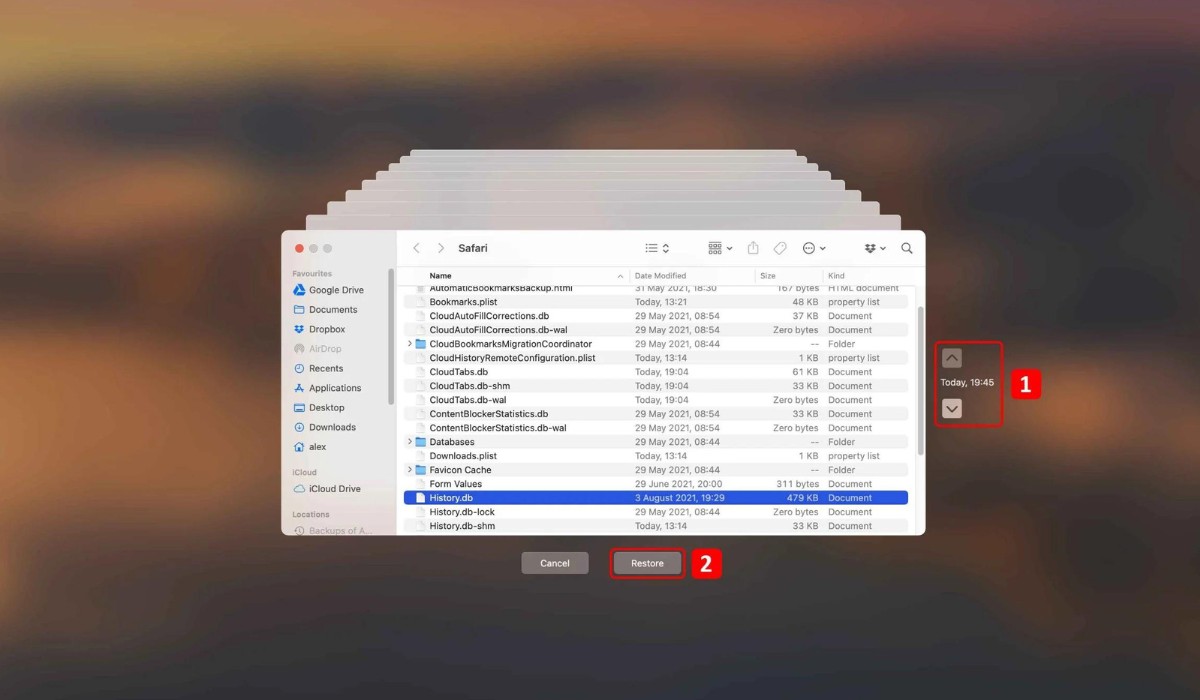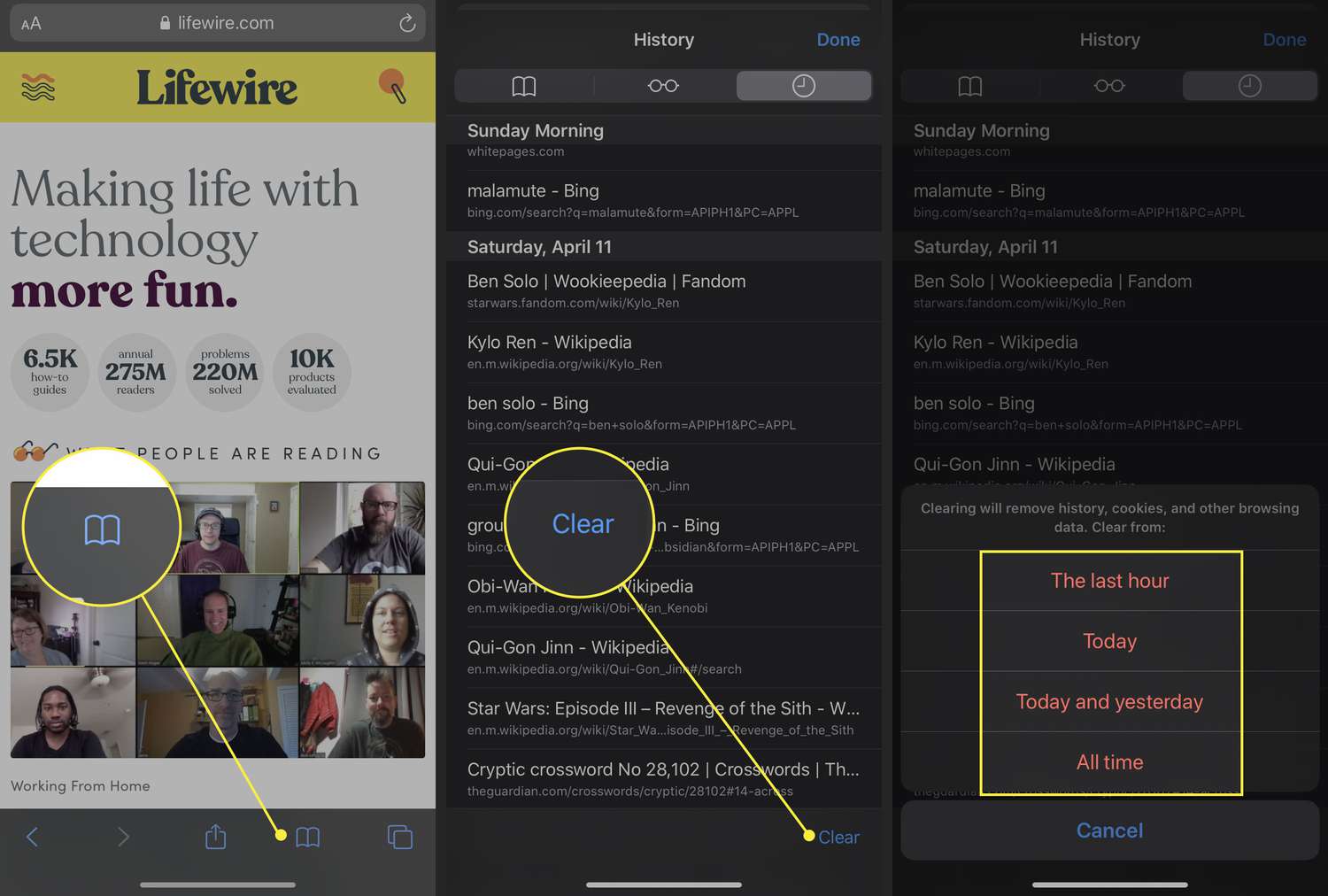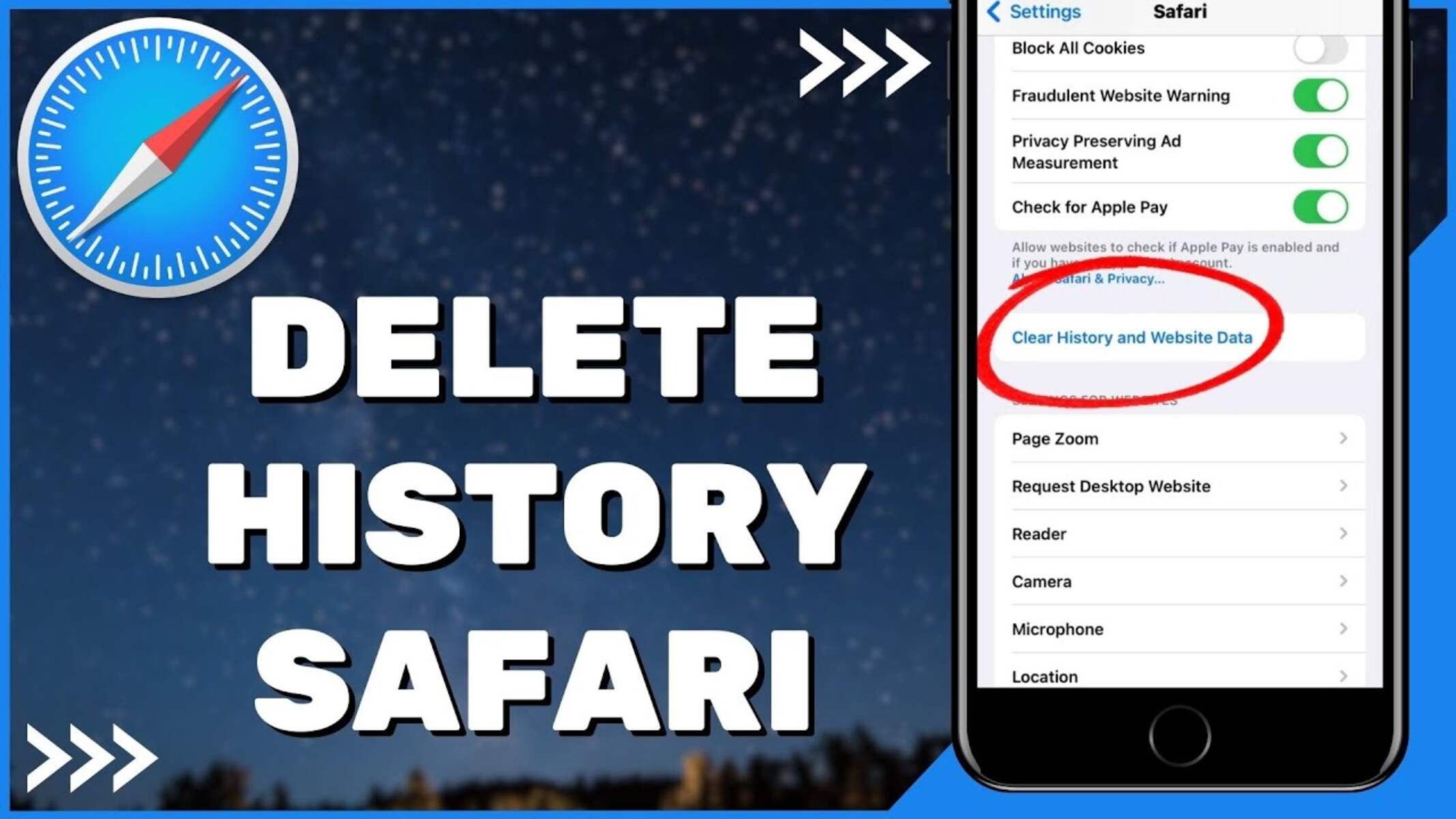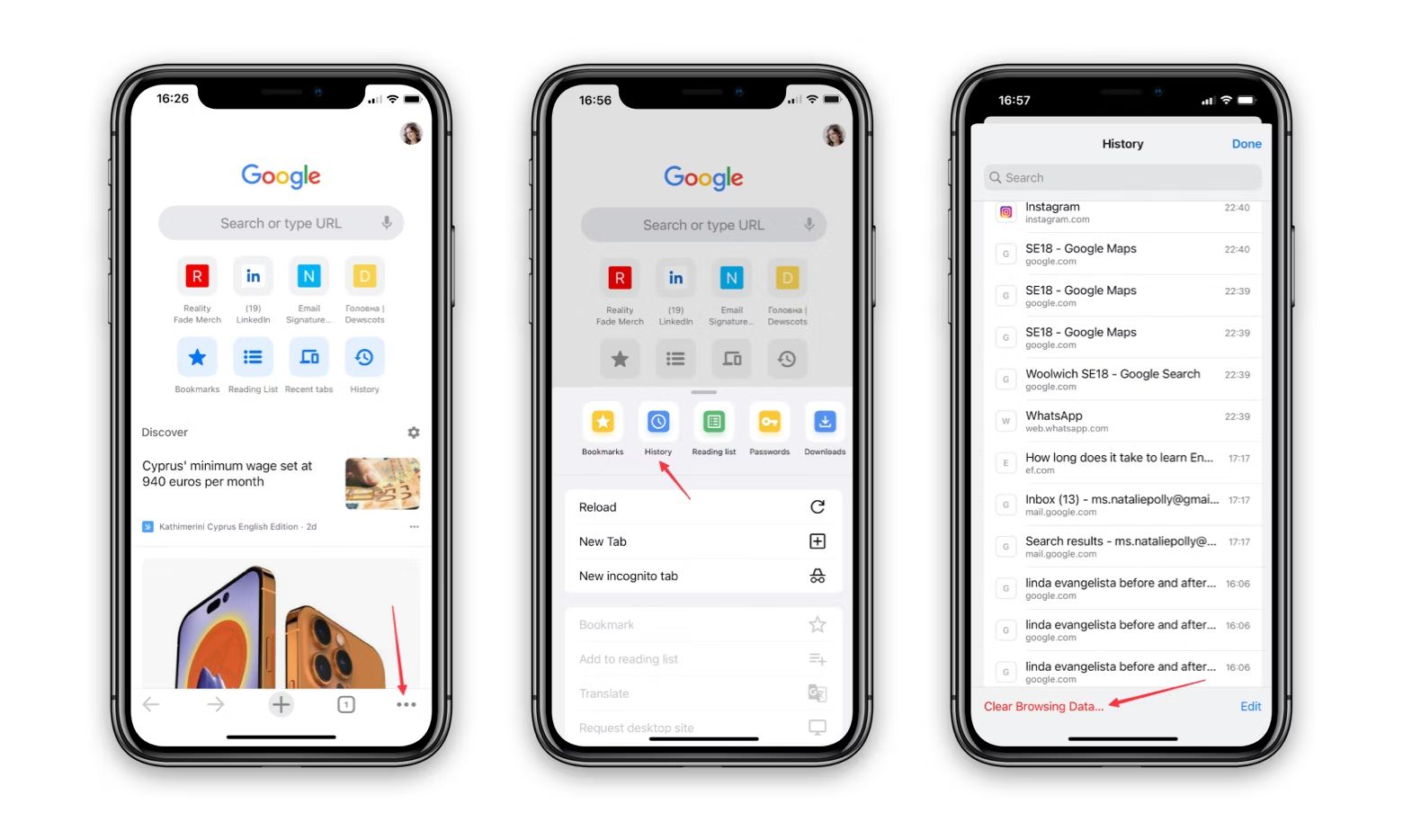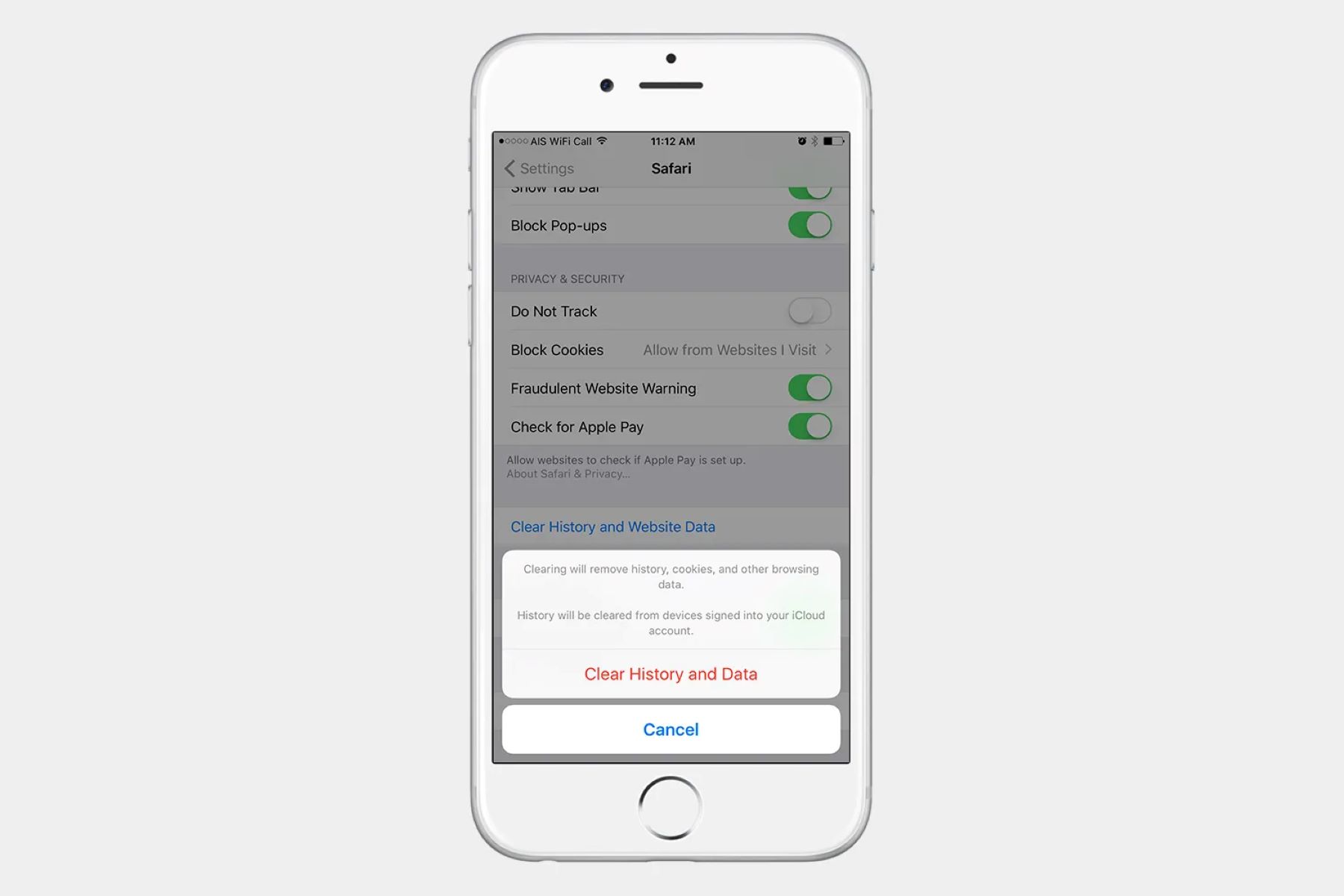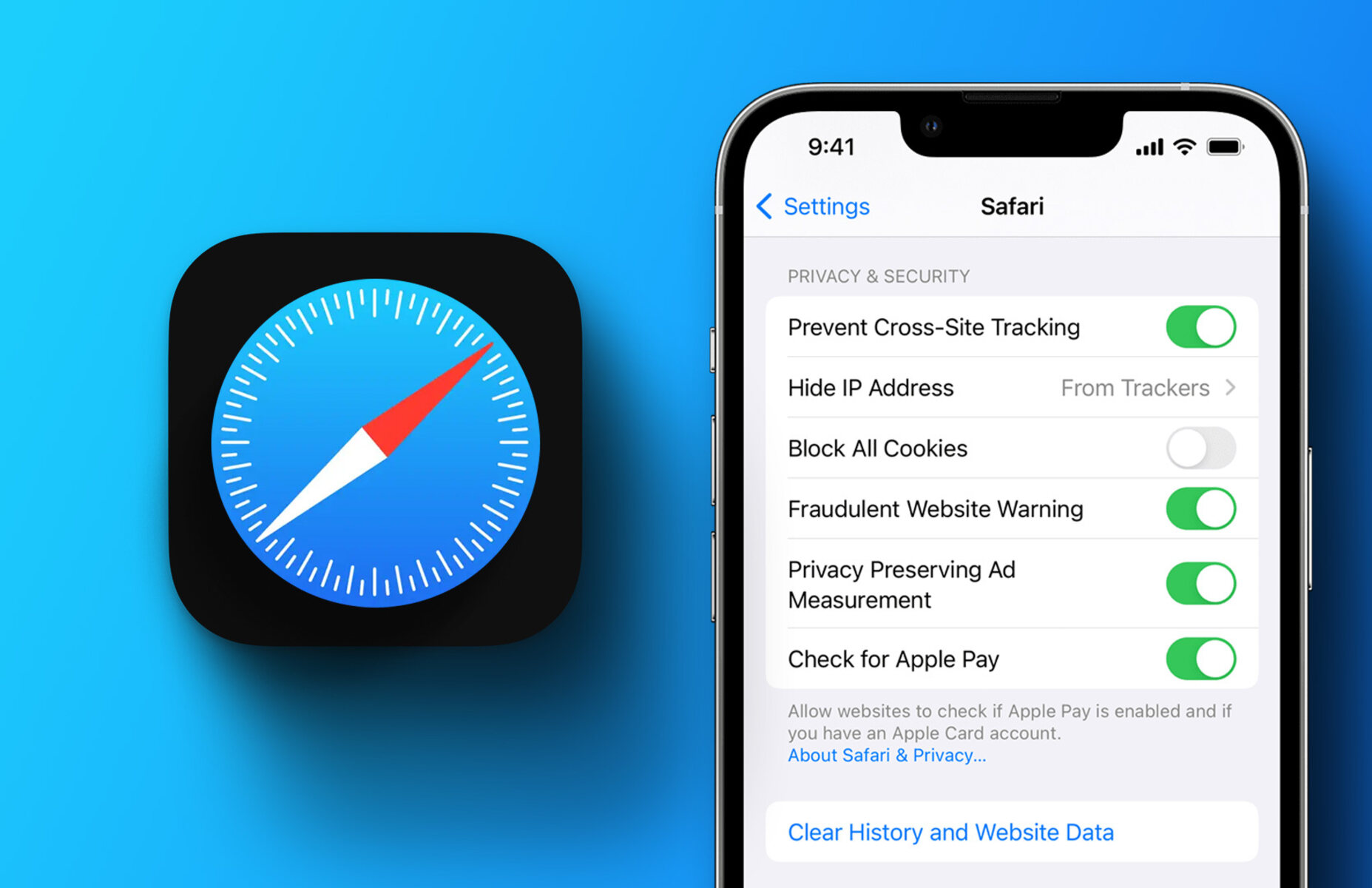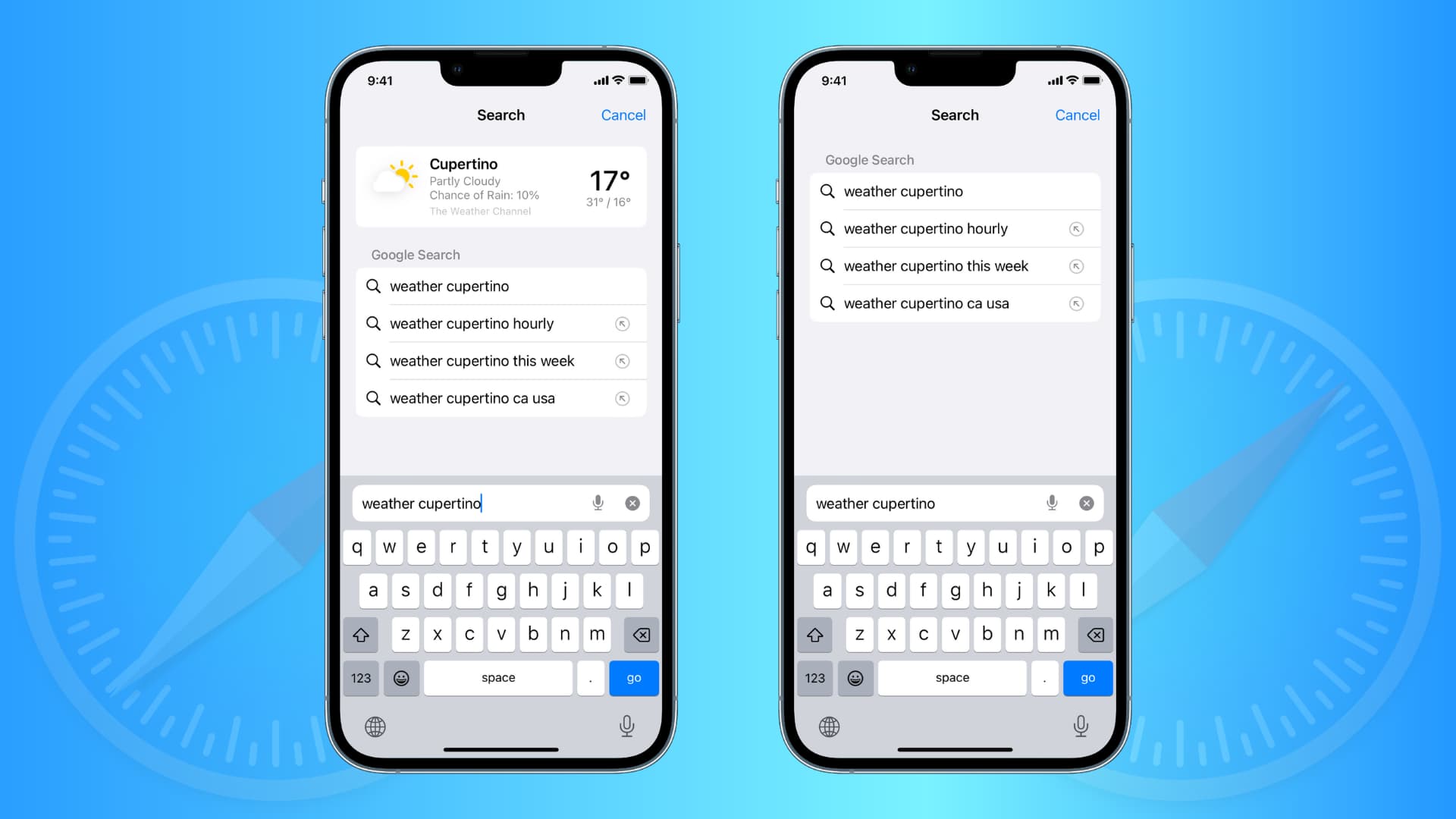Introduction
Safari, Apple's native web browser, is a popular choice among Mac users due to its seamless integration with the macOS ecosystem and robust privacy features. However, there are instances when users accidentally delete their browsing history or bookmarks, leading to a sense of frustration and concern. The good news is that in the digital realm, data is not always permanently lost. With the right knowledge and tools, it is often possible to retrieve deleted Safari history and restore peace of mind.
In this article, we will delve into the intricacies of deleted Safari history, exploring the reasons behind its disappearance and the methods available to recover it. Whether it's a case of accidental deletion, a system glitch, or a deliberate act, understanding the dynamics of deleted Safari history is the first step towards reclaiming valuable browsing data. We will navigate through the various techniques, including leveraging Time Machine, a built-in macOS feature, and utilizing third-party software designed to retrieve lost data.
As we embark on this journey, it's important to recognize the significance of browsing history. Beyond the convenience of revisiting previously accessed websites, browsing history often holds sentimental value, serving as a digital trail of one's online experiences and interests. Moreover, for professionals and researchers, the browsing history can be a repository of crucial references and resources. Therefore, the inadvertent loss of this data can be disconcerting.
By shedding light on the intricacies of deleted Safari history and equipping readers with practical solutions, this article aims to empower users to navigate the digital landscape with confidence. Whether it's a quest to recover a cherished website link or a critical research reference, the ability to retrieve deleted Safari history can be a game-changer. So, let's embark on this enlightening exploration of deleted Safari history and discover the pathways to reclaiming valuable digital footprints.
Understanding Deleted Safari History
Deleted Safari history refers to the unintentional or deliberate removal of browsing data within the Safari web browser on macOS devices. This encompasses a spectrum of digital footprints, including visited websites, search queries, and saved bookmarks. The deletion of this data can occur due to various reasons, such as accidental keystrokes, system glitches, or intentional efforts to clear browsing history for privacy or organizational purposes.
When browsing history is deleted, it is essential to comprehend the underlying mechanisms at play. In the context of Safari, the browsing history is typically stored in a database file within the user's Library folder. This database file contains a chronological record of visited websites, enabling users to revisit previously accessed web pages with ease. Additionally, the deletion of bookmarks, which are essentially saved shortcuts to specific web pages, can also contribute to the loss of valuable digital breadcrumbs.
The impact of deleted Safari history extends beyond the immediate inconvenience of not being able to revisit a specific website. For many users, the browsing history serves as a digital memory lane, reflecting their online journey, interests, and research endeavors. Furthermore, the deletion of bookmarks can disrupt the organizational structure of saved web pages, potentially leading to disarray and frustration.
Understanding the nuances of deleted Safari history involves recognizing the potential implications and the emotional attachment that users may have to their browsing data. It underscores the need for effective solutions to recover this data, thereby mitigating the impact of its inadvertent loss. By gaining insight into the significance of deleted Safari history, users can approach the recovery process with a sense of purpose and determination, knowing that the restoration of this data holds intrinsic value.
In the subsequent sections, we will explore methods to retrieve deleted Safari history, empowering users with practical strategies to reclaim their digital footprints. Whether it involves leveraging built-in macOS features or utilizing specialized third-party software, the journey to recover deleted Safari history is characterized by resilience and the pursuit of digital continuity.
Methods to Retrieve Deleted Safari History
Retrieving deleted Safari history involves a strategic approach that encompasses both built-in macOS features and specialized third-party solutions. Whether it's a recent deletion or an older instance of lost browsing data, users can explore various methods to initiate the recovery process and potentially reclaim their valuable digital footprints.
1. Utilizing Time Machine:
Time Machine, a built-in backup feature in macOS, offers a powerful mechanism to restore deleted Safari history. By accessing Time Machine, users can navigate through incremental backups of their system, including snapshots of their browsing history at different points in time. To initiate the recovery process using Time Machine, users can follow these steps:
- Connect the Time Machine backup drive to the Mac.
- Open the Safari browser and navigate to the desired date range for the deleted history.
- Access Time Machine by clicking on the Time Machine icon in the menu bar or launching it from the System Preferences.
- Navigate through the chronological backups using the timeline on the right side of the screen.
- Locate the Safari browsing history database file from the desired date and restore it to the original location.
2. Using Third-Party Software:
In scenarios where Time Machine backups are not available or do not cover the period of the deleted Safari history, users can turn to specialized third-party data recovery software. These applications are designed to scan the storage drive for traces of deleted data and facilitate its recovery. When considering third-party software, users should prioritize reputable and trusted solutions to ensure the security and integrity of their data.
Upon installing and launching the chosen third-party data recovery software, users can initiate a scan of the storage drive where the Safari browsing history was stored. The software will identify and present recoverable data, including deleted browsing history, in a user-friendly interface. Users can then select the deleted Safari history entries and proceed with the recovery process, ensuring that the restored data is saved to a secure location to prevent overwriting or further data loss.
By leveraging the capabilities of Time Machine and exploring the potential of third-party data recovery software, users can embark on a journey to retrieve deleted Safari history with confidence and determination. These methods offer a blend of built-in macOS functionality and specialized tools, empowering users to navigate the complexities of data recovery and reclaim their digital narratives.
The pursuit of deleted Safari history recovery is characterized by resilience and the commitment to preserving valuable digital footprints, underscoring the significance of proactive data management and the availability of effective recovery mechanisms.
Using Time Machine to Recover Deleted Safari History
Utilizing Time Machine, a built-in backup feature in macOS, offers a powerful mechanism to restore deleted Safari history. This feature serves as a safeguard against data loss, allowing users to navigate through incremental backups of their system and retrieve specific files or data sets, including browsing history.
When initiating the recovery process using Time Machine, users can follow a systematic approach to potentially reclaim their valuable digital footprints. The first step involves connecting the Time Machine backup drive to the Mac, ensuring seamless access to the archived data. Once the backup drive is connected, users can proceed to open the Safari browser and navigate to the desired date range for the deleted history.
Accessing Time Machine can be achieved by clicking on the Time Machine icon in the menu bar or launching it from the System Preferences. Upon accessing Time Machine, users are presented with a visually intuitive interface, featuring a timeline on the right side of the screen. This timeline serves as a chronological guide, enabling users to navigate through the incremental backups and pinpoint specific dates for data retrieval.
In the context of recovering deleted Safari history, users can leverage the timeline to locate the Safari browsing history database file from the desired date. Once the specific date range is identified, users can proceed to restore the browsing history database file to its original location within the Safari application.
By following these steps, users can potentially retrieve deleted Safari history using Time Machine, thereby restoring a vital aspect of their digital footprint. This method offers a seamless integration with the macOS ecosystem, providing users with a built-in mechanism to safeguard and recover their browsing history.
The utilization of Time Machine underscores the proactive approach to data management, emphasizing the importance of regular backups and the availability of reliable recovery mechanisms within the macOS environment. This built-in feature serves as a testament to Apple's commitment to empowering users with robust tools to preserve and restore their digital narratives.
Using Third-Party Software to Recover Deleted Safari History
In scenarios where Time Machine backups are not available or do not cover the period of the deleted Safari history, users can turn to specialized third-party data recovery software. These applications are designed to scan the storage drive for traces of deleted data and facilitate its recovery. When considering third-party software, users should prioritize reputable and trusted solutions to ensure the security and integrity of their data.
Upon installing and launching the chosen third-party data recovery software, users can initiate a scan of the storage drive where the Safari browsing history was stored. The software will identify and present recoverable data, including deleted browsing history, in a user-friendly interface. Users can then select the deleted Safari history entries and proceed with the recovery process, ensuring that the restored data is saved to a secure location to prevent overwriting or further data loss.
The effectiveness of third-party data recovery software lies in its ability to delve into the depths of the storage drive, seeking out remnants of deleted data that may still be recoverable. These applications employ advanced algorithms and scanning techniques to identify and extract traces of deleted browsing history, offering users a lifeline in the quest to reclaim their digital footprints.
It is important to note that the success of using third-party software to recover deleted Safari history may vary based on factors such as the duration since the deletion, subsequent data writes to the storage drive, and the overall condition of the drive. However, in many cases, users have successfully retrieved valuable browsing history and bookmarks using reputable third-party data recovery solutions.
By leveraging the capabilities of third-party software, users can embark on a journey to retrieve deleted Safari history with confidence and determination. These applications serve as valuable allies in the pursuit of data recovery, offering a complementary approach to built-in macOS features such as Time Machine. The availability of trusted third-party software underscores the resilience and adaptability of the digital landscape, providing users with diverse tools to navigate the complexities of data recovery and safeguard their digital narratives.







